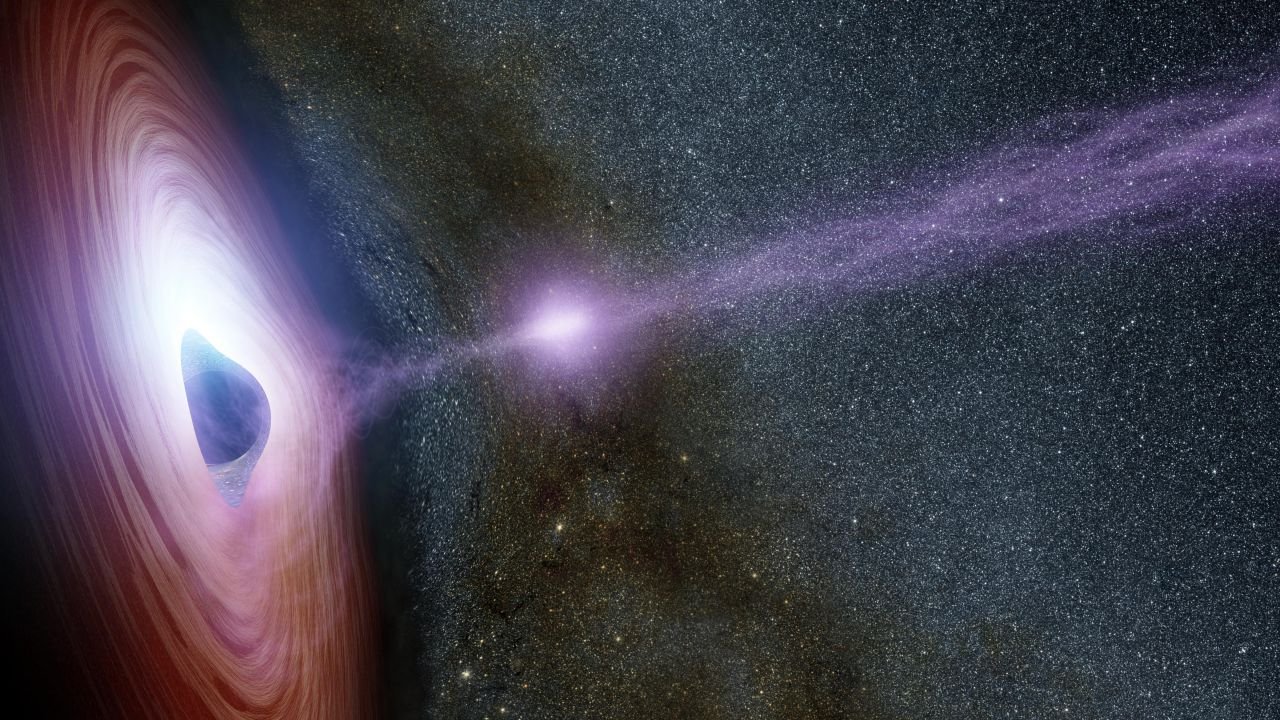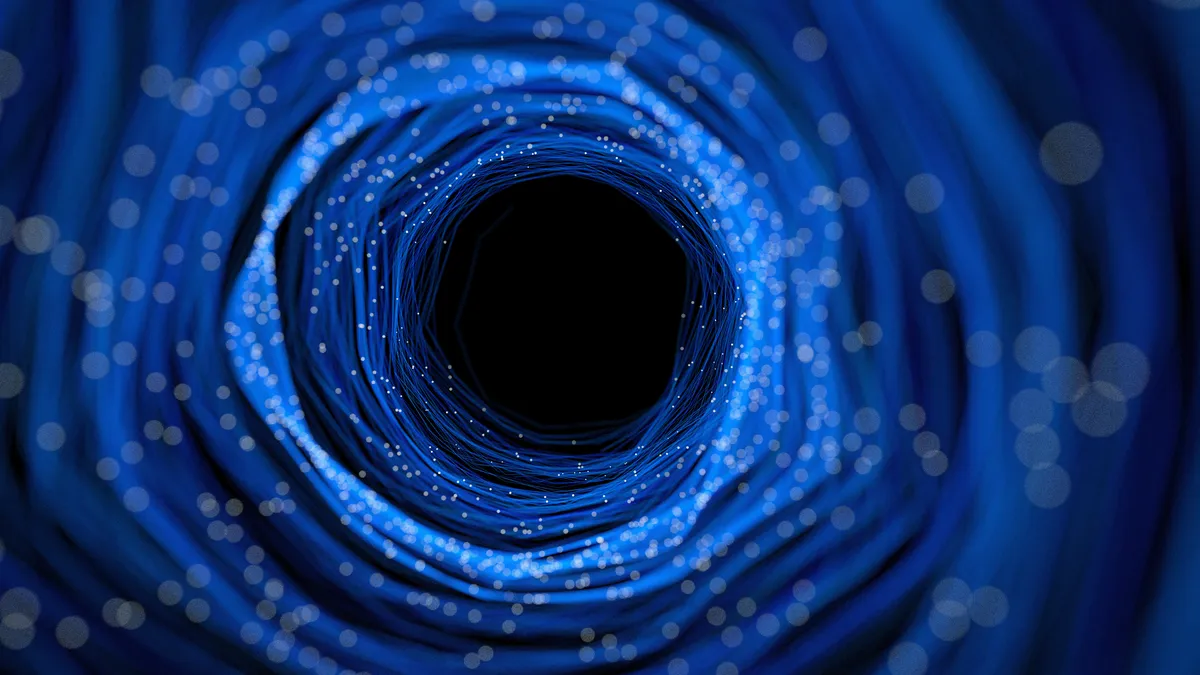Black Hole is an enormous and serious thing that is reserved for high-end astronomers, and the common man could hardly dream of ever seeing one. However, an international team reports that visible light can observe phenomena like the black hole during outbursts and the sparkling light rising from gases surrounding black holes is a direct indicator of this.
The research done by the team has been published in Nature, point out that optical rays and not just X-rays provide dependable observational data for black hole activity.
Analyses of Optical and X-Ray observational data revealed that light originates from the X-rays emerging from the deepest region of the accretion disc around a black hole. The X-rays heat the outer area of the disc, and they start emitting optical rays and become visible to human eye.
Co-author Daisaku Nogami remarked that the fact that stars can be seen only after dark for a few hours and taking an observation from many locations across the globe enabled obtaining comprehensive data that much easier. The coming together of international observation network has made the documentation of this rare event possible.
A group of international scientists who are led by researchers from Japan’s Kyoto University have published a paper detailing what is known as the Repetitive Patterns in Rapid Optical Variations in the nearby Black-Hole Binary V404 Cygni.
The article explains how nearby activity makes the black hole visible to be able to be viewed by a 20 cm home use telescope.
Lead Author Mariko Kimura, a post-graduate student at Kyoto University observed that it is possible to make observations based on optical rays or visible light. Thus black holes can be seen with ordinary telescopes negating the need for high-spec X-ray or gamma-ray telescopes.
















